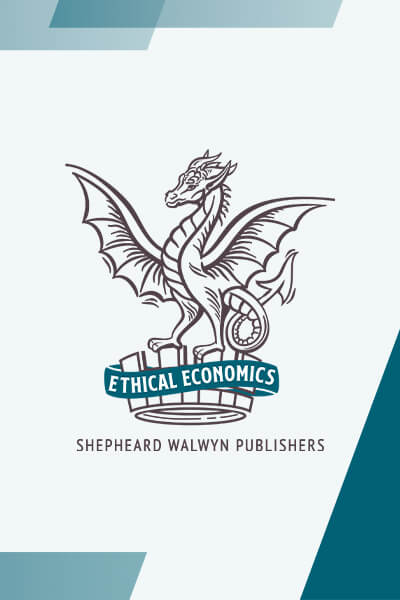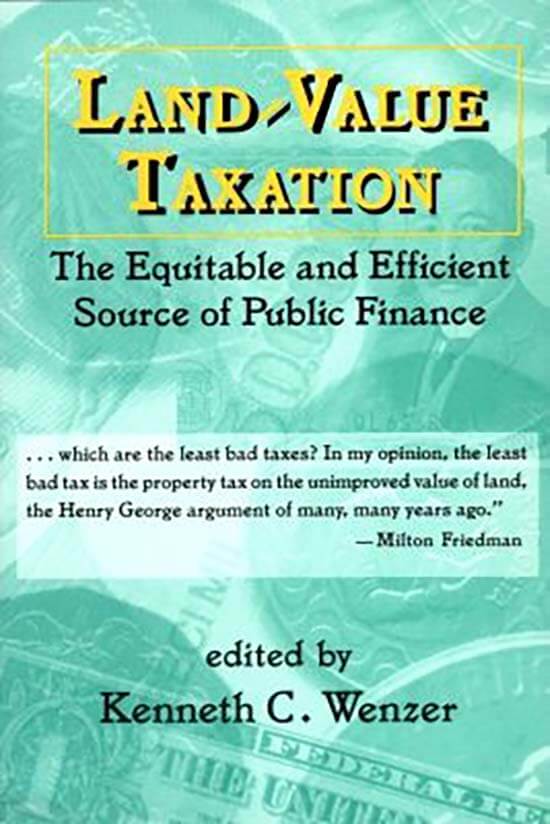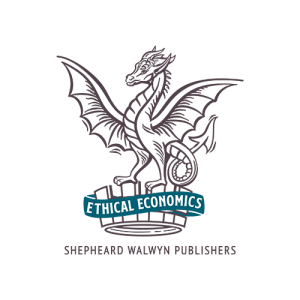This essay on Pittsburgh by Ian Hopton follows the theme of an earlier essay on New Zealand enquiring into the reasons why clearly successful systems of Land Value Taxation were nevertheless abandoned.
The Graded Tax of Pittsburgh lasted from 1914 to 2001, and there is considerable evidence of its success, especially in the first decades of its existence. The tax was a form of the ‘split rate’ system whereby the land element is taxed at a higher rate than the building element. Split rate property taxes are still employed in many cities in Pennsylvania and are considered efficient and effective. Initially, in Pittsburgh, the rate was set at a modest 2:1 ratio, but this was sufficient to have a noticeable effect from the outset; land speculation was reduced and building activity increased. To avoid disruption and reduce possible protest the tax was introduced gradually over a period of twelve years, giving rise to the name Graded Tax.
After the Civil War Pittsburgh experienced a rapid industrial expansion based on the production of steel. Increasing immigration provided a large workforce of labour that was ruthlessly exploited. Great fortunes were made at the same time as the creation of a new underclass of impoverished workers. Pittsburgh became one of the greatest generators of wealth in the country, but by the end of the century had gained the reputation of being one of the most corrupt; run by city bosses in league with corrupt politicians and big business interests. This reached its peak in the first decade of the 20th century and gave rise to a reform movement, which included the Georgists, who were reaching the height of their popularity, not only in the US but throughout the world.
From the start the Graded Tax enjoyed considerable support from Georgist politicians and administrators in the first few decades. Initially it was brought in to combat rampant land speculation as much as to raise revenue. It was introduced virtually at the same time as the new Income Tax, which subsequently became a more popular means of raising revenue amongst politicians. However the Graded Tax proved itself in enabling Pittsburgh to survive the depredations of the Great Depression better than any other city in the USA, and after World War Two it gave Pittsburgh an advantage in the attempts at reconstruction amongst the declining ‘rust belt’ cities of the North East. But these obvious benefits were not sufficient to save the tax from abolition in 2001.
There were several reasons for its demise not least of which was the permanent opposition of landed interests, but it is generally accepted that the main reason was the increasingly defective system of re-valuations after World War Two. Due to pressure from politicians not to raise taxes, there was a constant tendency to make under-assessments or to defer any real re-valuations in order to avoid upsetting those who might experience a tax rise. When, after many decades of neglect, a re-assessment was finally carried out the consequent tax increases were imposed abruptly, causing great anger and resentment. The Graded Tax was blamed and rescinded in 2001.
The essay traces the ascent and decline of the Graded Tax through its 87 year history in the hope of highlighting some of the pitfalls that might be avoided by future planners of LVT. You can read the full essay here. Also further general information on LVT can be found on the website: Land Value Tax Guide.







